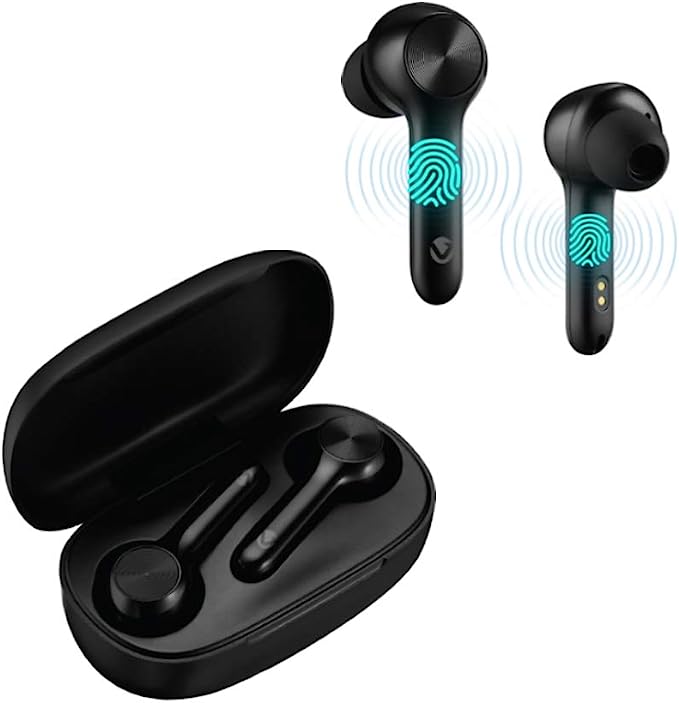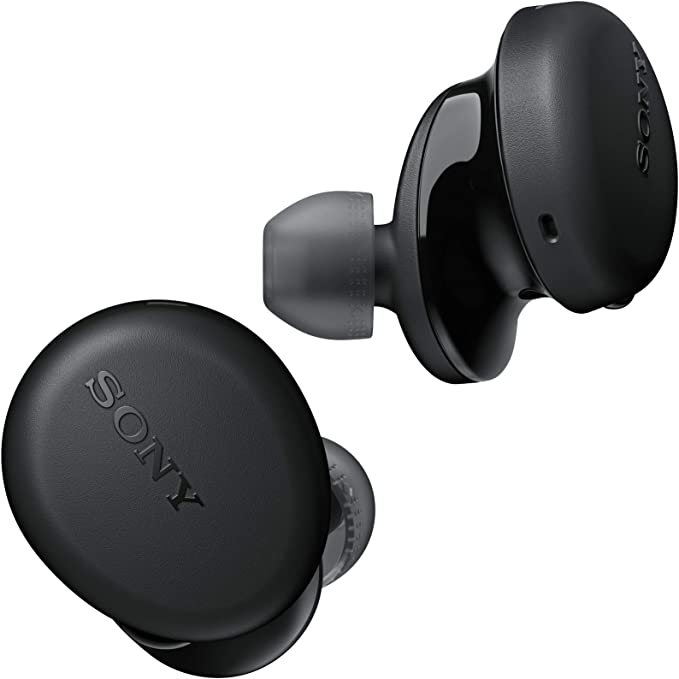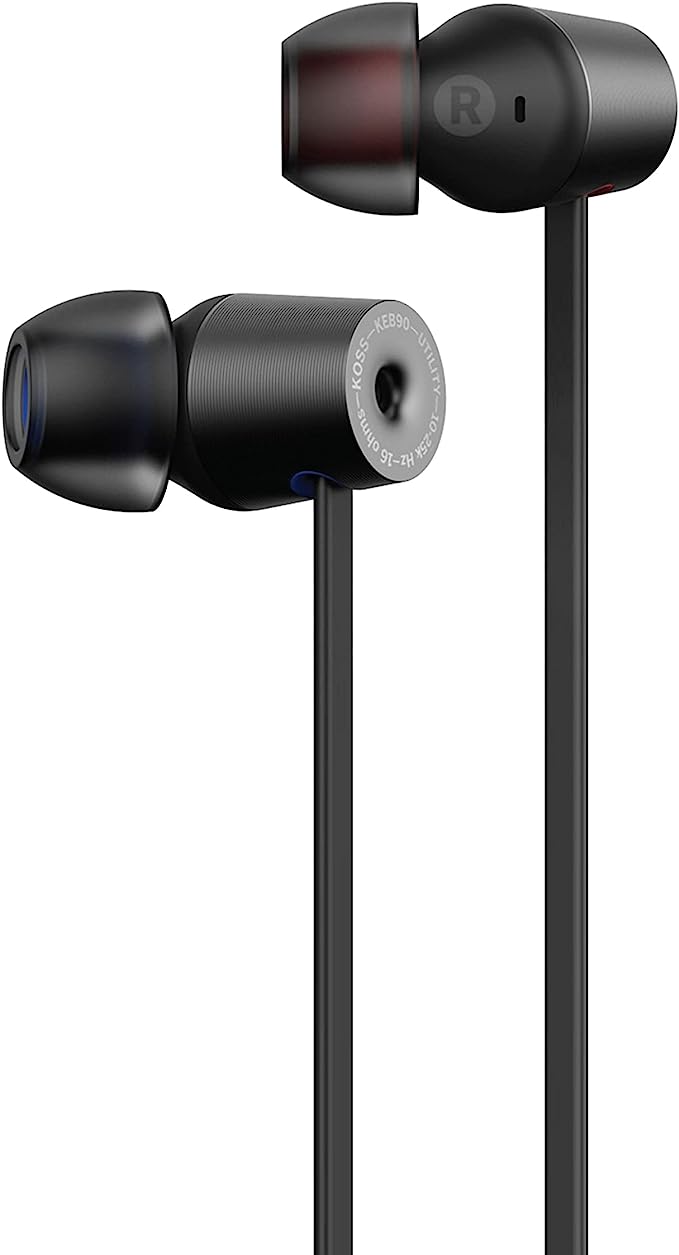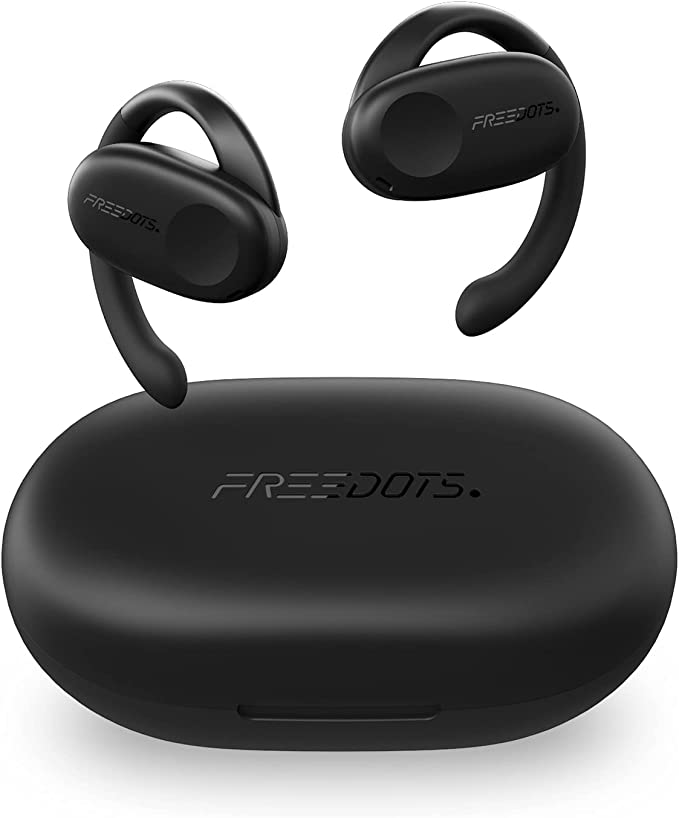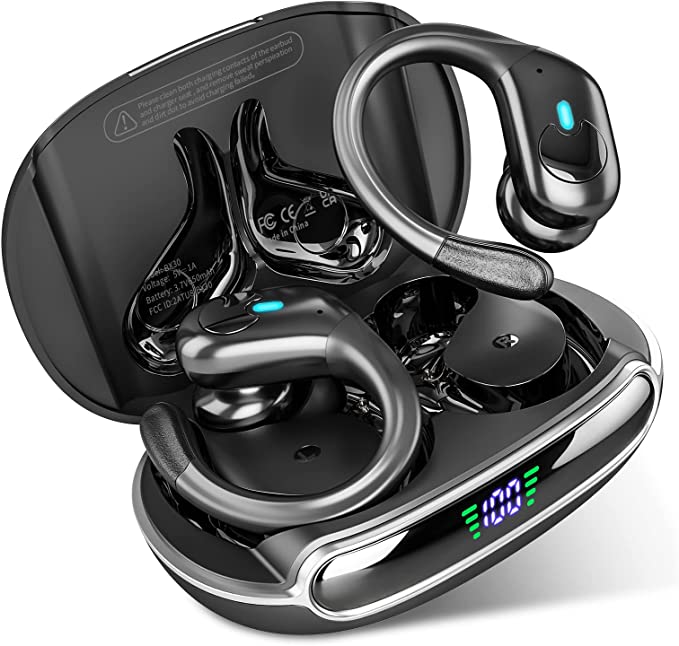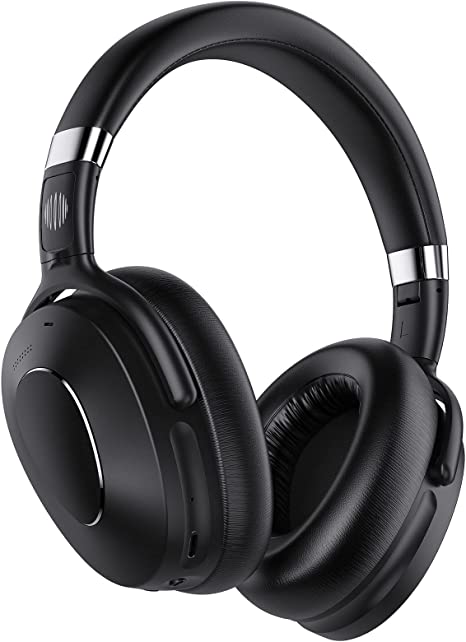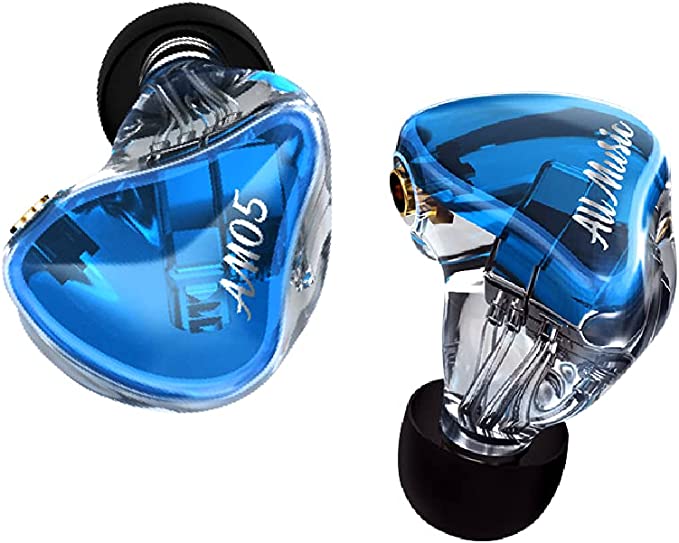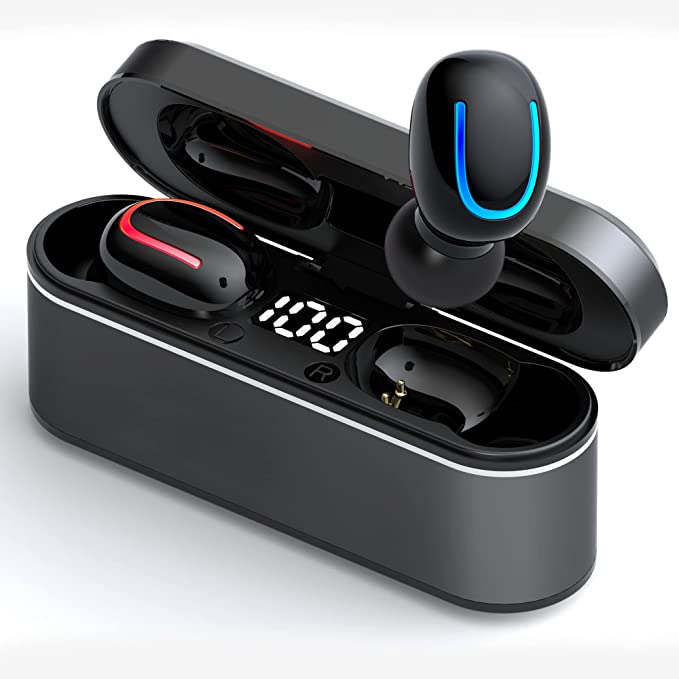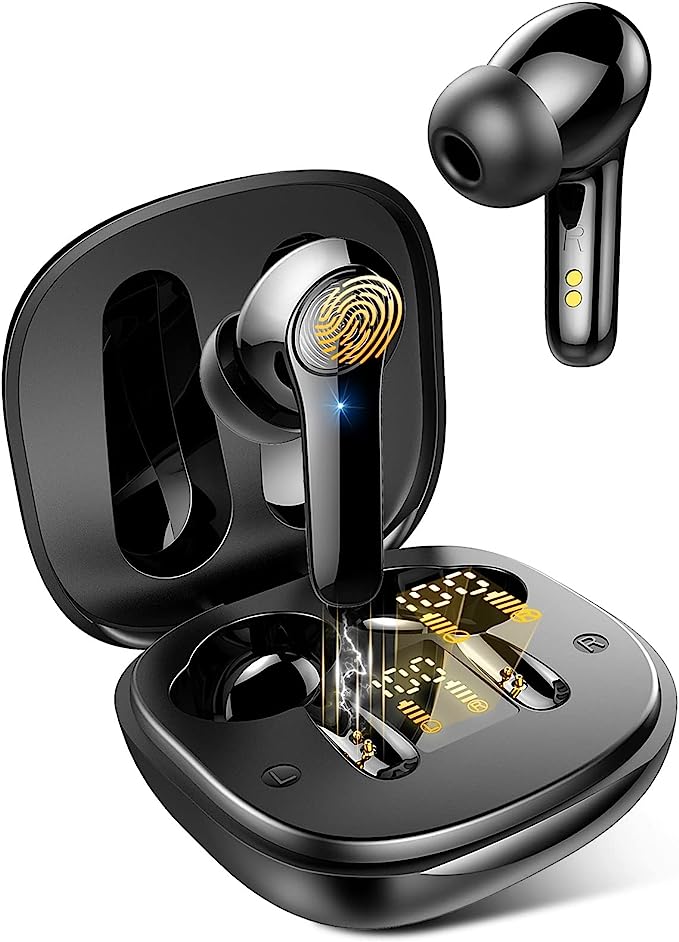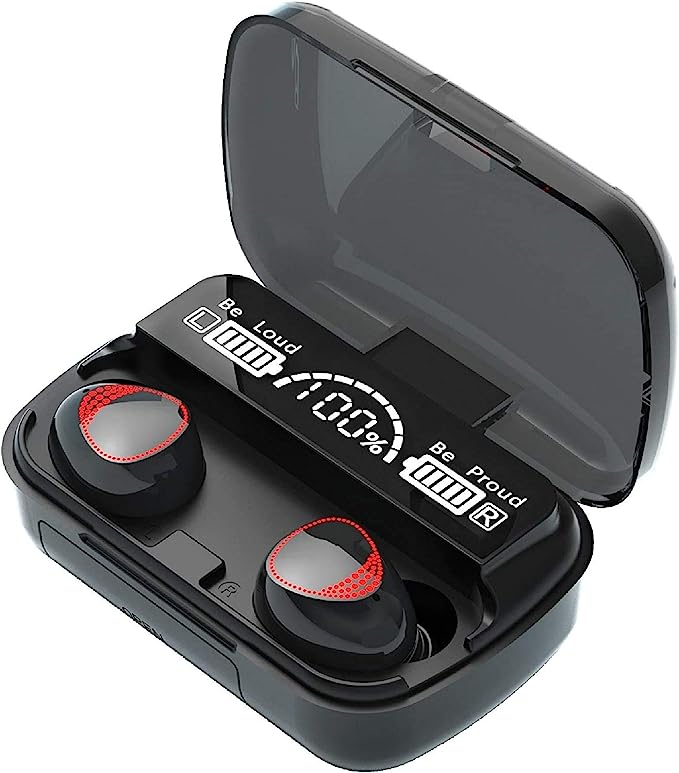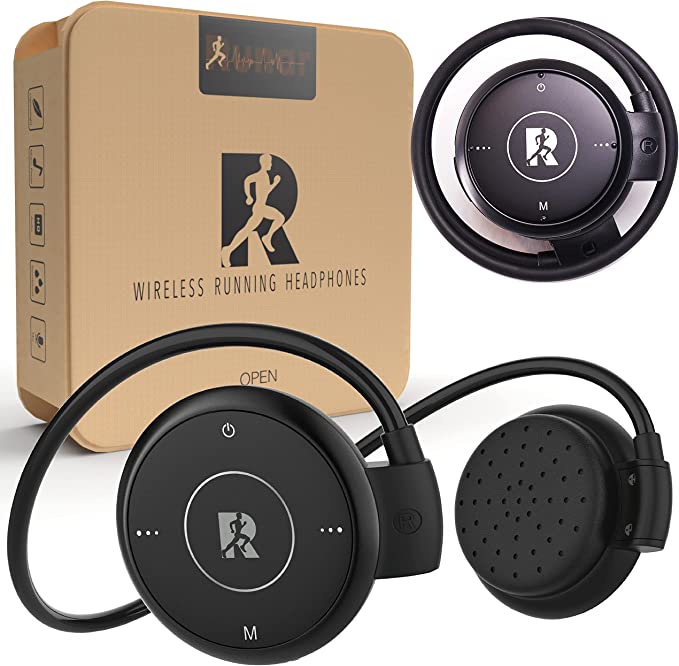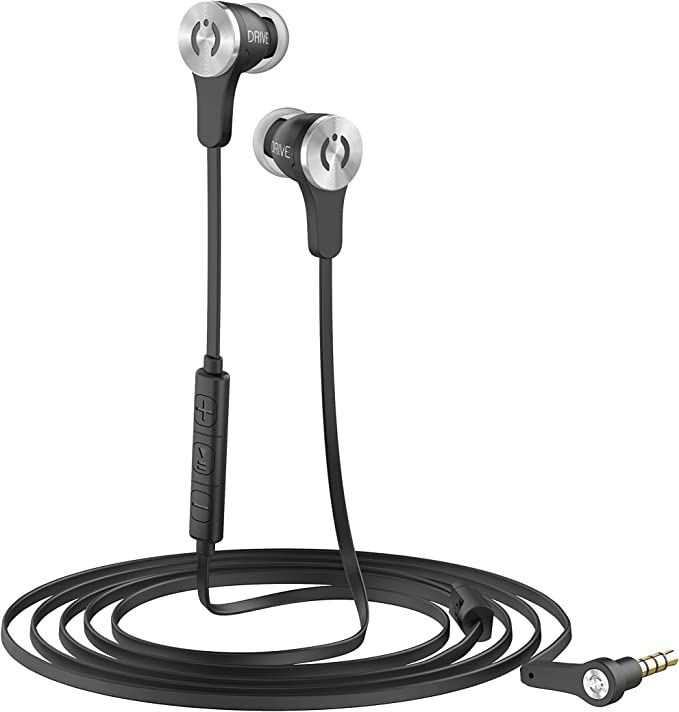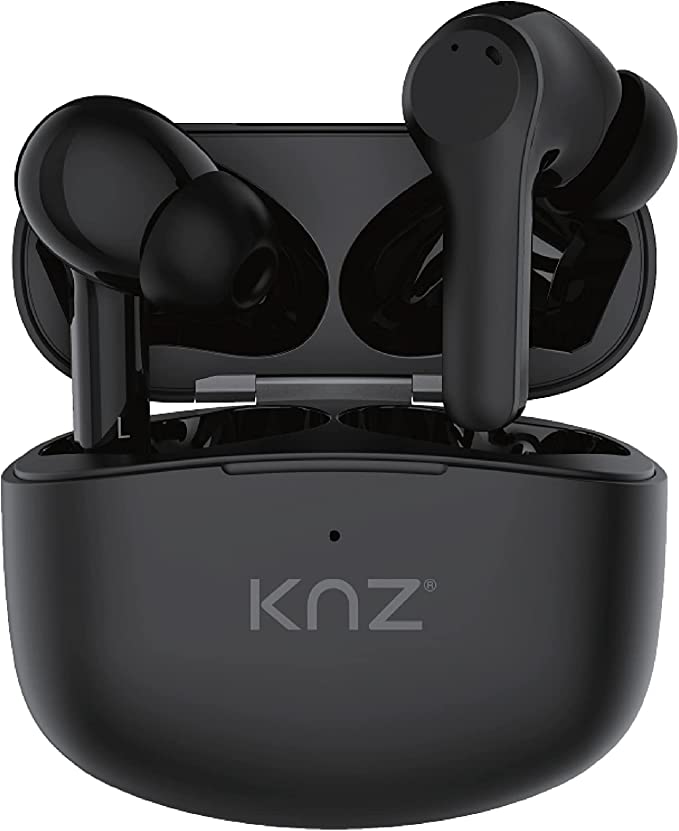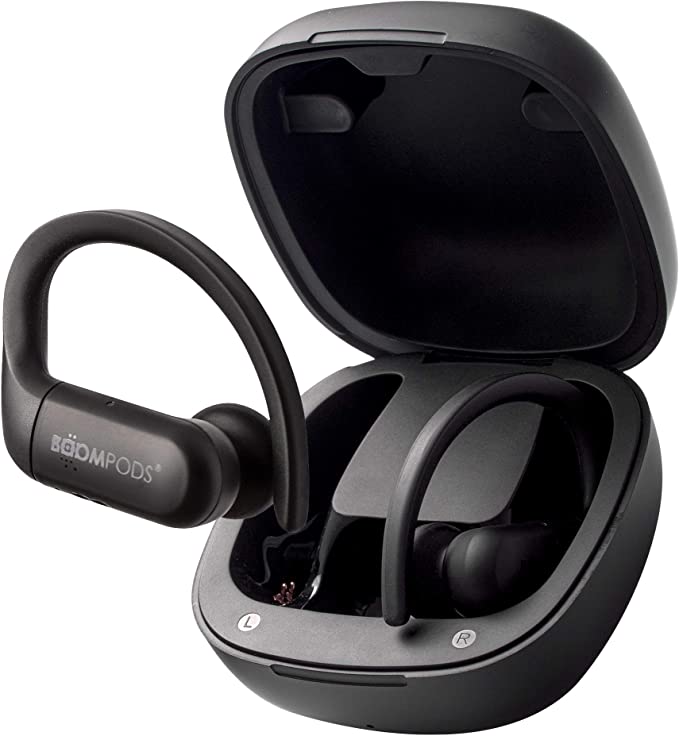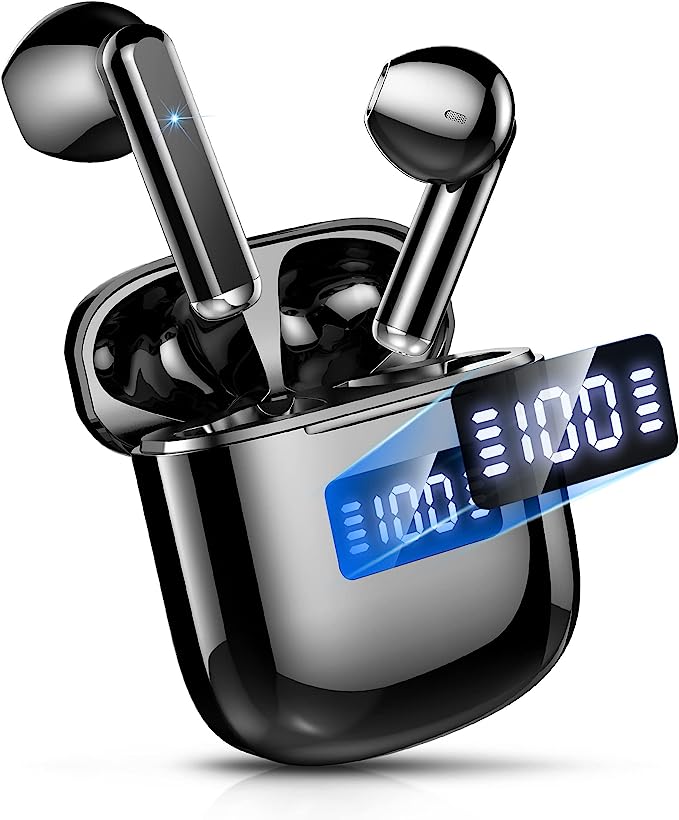What Does IPX4 Mean? A Guide to 'Sweat-Proof' vs. 'Waterproof'
Update on Oct. 26, 2025, 8:44 a.m.
You just bought a new pair of wireless earbuds for the gym. The box, like the one for the Sony WI-C100, proudly displays an “IPX4 rating” and says they’re “splash-proof and sweat-proof.”
So, you think, “Great, they’re waterproof.” You wear them in the rain, at the gym, and maybe even in the shower. A few months later, they die.
What went wrong? The “sweat-proof” label was a lie, right?
Not exactly. The problem is a common (and costly) misunderstanding of what “IPX4” means. “Sweat-proof” and “waterproof” are two very different things. Let’s break down what that code really means for your gear.

Decoding the IP Rating: IP-X-4
The “IP” rating (or Ingress Protection rating) is an international standard (IEC 60529) that grades how resistant an electronic device is to “ingress” from solids (like dust) and liquids (like water).
Let’s look at IPX4:
- I P: Stands for Ingress Protection.
- X: This first digit is for solids (dust). An “X” means the product was not tested for dust resistance. This doesn’t mean it isn’t resistant, just that it doesn’t have a formal rating. A “6” (as in IP67) would mean it’s “dust-tight.”
- 4: This second digit is for liquids (water). This is the one we care about.
A “4” rating does not mean waterproof. It means “splash-resistant.”
In a lab test, IPX4 means the device survived 10 minutes of “splashing water against the enclosure from any direction.” Think of it as surviving a rain shower, or, yes, a heavy workout.
What You Can and Cannot Do with IPX4
This rating is all about pressure and volume.
YES, you can (and should): * Wear them for a sweaty run or intense gym session. * Wear them while walking in a light to moderate rain shower. * Get them splashed by a passing car.
NO, you absolutely CANNOT: * Shower with them. A shower is not “splashing.” It’s a series of high-pressure jets, which an IPX4 rating is not designed to withstand. * Submerge them. You cannot swim with them or drop them in a bathtub. For that, you need an IPX7 rating (can be submerged in 1 meter of water for 30 minutes) or IPX8 (can be submerged deeper, for longer). * Wash them under a tap. Again, that’s a pressurized jet, not a splash.
An IPX4 rating is like a light rain jacket. It’s perfect for a drizzle, but it will fail you in a storm or if you jump in a lake.
The Real Killer: Why Sweat is Worse Than Rain
Here is the most important part of this article: “sweat-proof” is not about the water in sweat; it’s about the salt.
Rainwater is relatively pure. Sweat, on the other hand, is a corrosive cocktail. It’s mostly water, but it’s also full of salt (sodium chloride), acids, and other minerals.
When the water part of your sweat evaporates, it leaves behind these highly conductive and corrosive salt crystals. * They can abrade the tiny rubber seals and gaskets that provide the IPX4 resistance, wearing them down over time. * They can build up on the metal charging contacts (those little gold dots on your TWS buds or neckband).
The next time you go to charge your headphones, that salty residue can cause a short circuit, or it will simply corrode the contacts until they no longer work.
This is why “durability is mixed” in so many user reviews. It’s not a factory defect. It’s the slow, steady damage from dried sweat that wasn’t cleaned off.

How to Actually Make Your ‘Sweat-Proof’ Headphones Last
Your IPX4 headphones are perfectly fine for sports, if you practice good hygiene with them.
- After every sweaty workout, wipe them down. Use a soft cloth slightly dampened with fresh water to wipe away the salt and grime.
- Pay attention to the charging points. Gently clean the metal contacts on the headphones and (if you have one) inside the charging case.
- Let them air dry completely before putting them back in a case or plugging them in to charge.
That’s it. An IPX4 rating is your first line of defense, but simple cleaning is what will actually make your headphones last for years of workouts.
